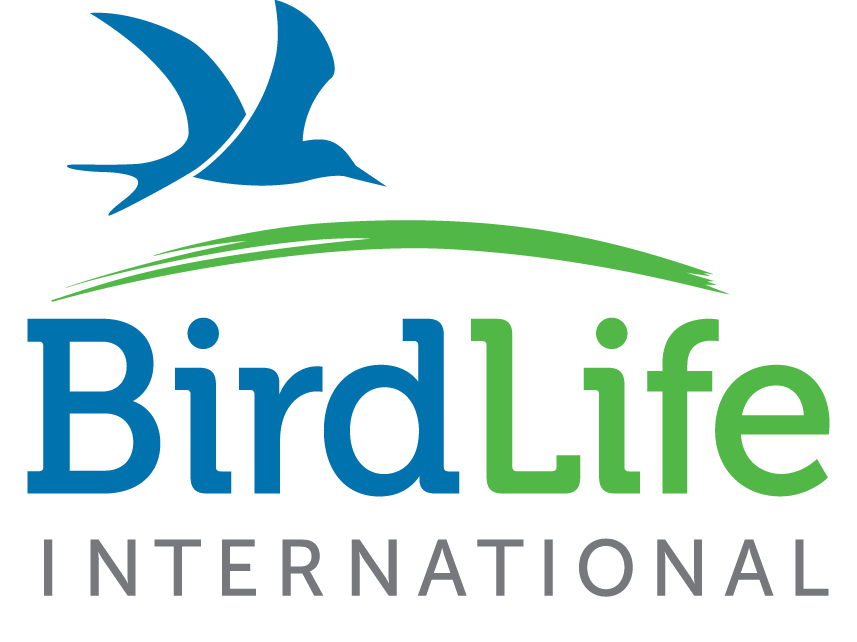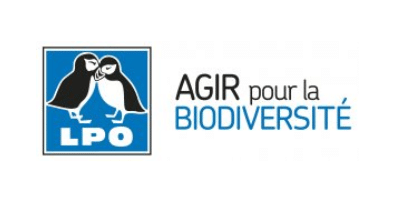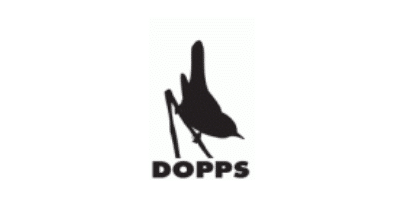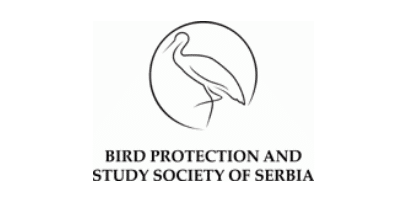Polluted bog or wildlife haven? Tunisian conservationists unite to rescue neglected wetland
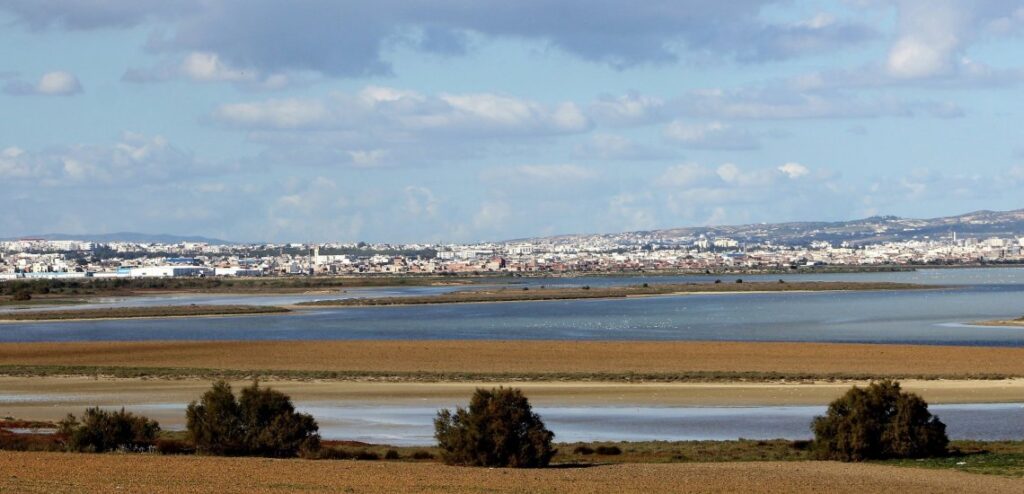
Urbanisation is damaging the Sebkhet Sejoumi wetland and many locals no longer see it for what it’s worth. But civil society groups are forming powerful alliances to shine a light on the site’s outstanding nature and rescue it from further threat.
By Cressida Stevens. This article was written collaboratively by Réseau Enfants de la Terre (RET), AAO (BirdLife Tunisia) & Tour du Valat, and compiled by LPO (BirdLife France) and BirdLife.
Header image:The Sebkhet Sejoumi wetland, in the middle of a suburb of Tunis © RET CEPF team
Sebkhet Sejoumi is the most important urban wetland in Tunisia – a “biodiversity oasis” surrounded by the concrete buildings of the south-western suburbs of Greater Tunis. For the residents nearby, this Key Biodiversity Area (KBA) is like a free access wildlife park. From the Little Tern Sternula albifrons to the Greater Flamingo Phoenicopterus roseus, there’s a vast array of species available to spot. In fact, over years of monitoring, the Association “Les Amis des Oiseaux” (AAO / BirdLife in Tunisia) have recorded 105 birds species regularly frequenting this site – including 68 species of waterbirds – plus songbirds and raptors. Among these are biogeographically important bird populations, as well as species of conservation concern: the White-headed duck Oxyura leucocephala (Endangered) and the Marbled Teal Marmaronetta angustirostris (Vulnerable). Such credentials had it recognised as a Wetland of International Importance in 2007 according to the Ramsar Convention, functioning as a migratory, wintering and breeding site for different avian species.
Although the bird populations here have been continuously monitored and relatively-well documented, little had been done to survey other taxa here, leaving important biodiversity going unchecked. That was until, as part of a Critical Ecosystem Partnership Fund (CEPF) project, the association Réseau Enfants de la Terre (RET), set about to investigate. Since they began work in March 2019, they have created inventories that reveal the true richness of this site for both fauna and flora. So far, 223 animal species have been identified including 30 nationally protected species, such as the Mediterranean Pond Turtle Mauremys leprosa (Vulnerable).
They have also found 103 different plant species on the Sebkhet Sejoumi. Some of these are on the IUCN Red List, such as the Beta macrocarpa Guss Beta macrocarpa (Endangered) and the California Fan Palm Washingtonia filifera (Near Threatened), while others are of great heritage value, such as the Caper Bush Capparis spinosa, Common Mallow Malva vylvestris, Common Purslane Portulaca oleracea and Common Chicory Cichorium intybus.
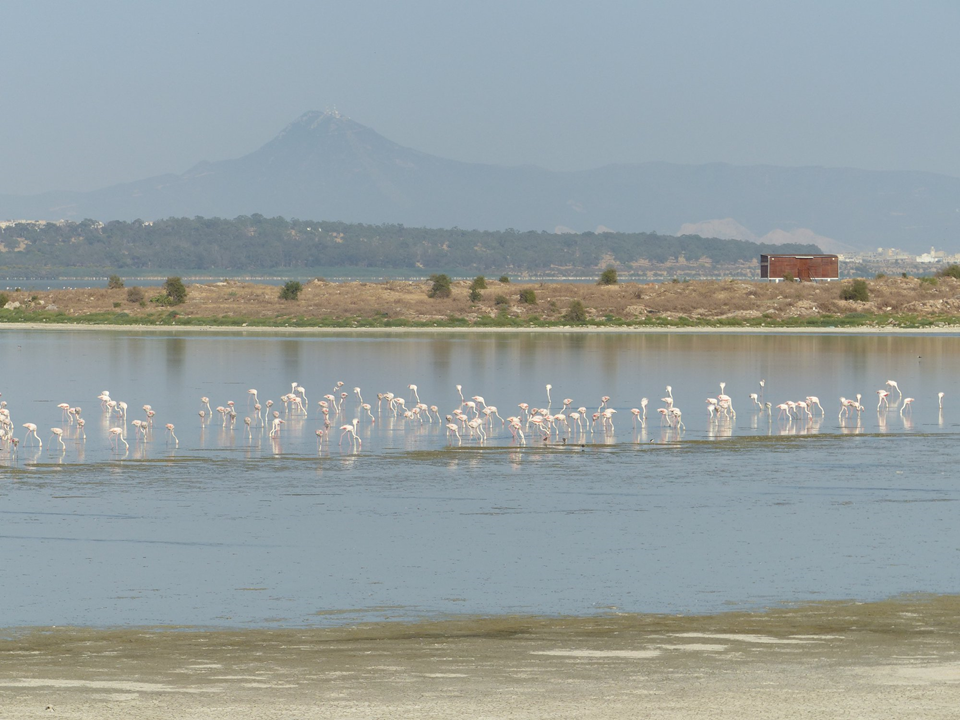
A highly threatened site with multiple benefits
Clearly, Sebkhet Sejoumi is bustling with wildlife, yet it is not only important for biodiversity, but also for the safety and wellbeing of people living nearby. However sadly, to the detriment of the wetland, this often goes unrecognised.
Analysis by the Tour du Valat using satellite images covering the last 30 years shows a dramatic decrease in surface water and that the wetland has dried up significantly during this time. This change appears directly linked to the automatic pumping system installed by public authorities in 2004, in response to repeated flooding in the area. However, analyses show that the wetland itself is not responsible for these floods; they are a direct consequence of rapid and poorly planned urban development. On the plains surrounding the north and west banks of the wetland, urbanization has eroded hundreds of hectares of arable land and natural habitats in just three decades – most often in heavily flooded areas that should never have been built upon to shelter human populations. Sebkhet Sejoumi actually plays a crucial role in the assimilation of runoff water, so rather than being the cause of floods, it contributes to the protection of the surrounding area against floods when allowed to function naturally.
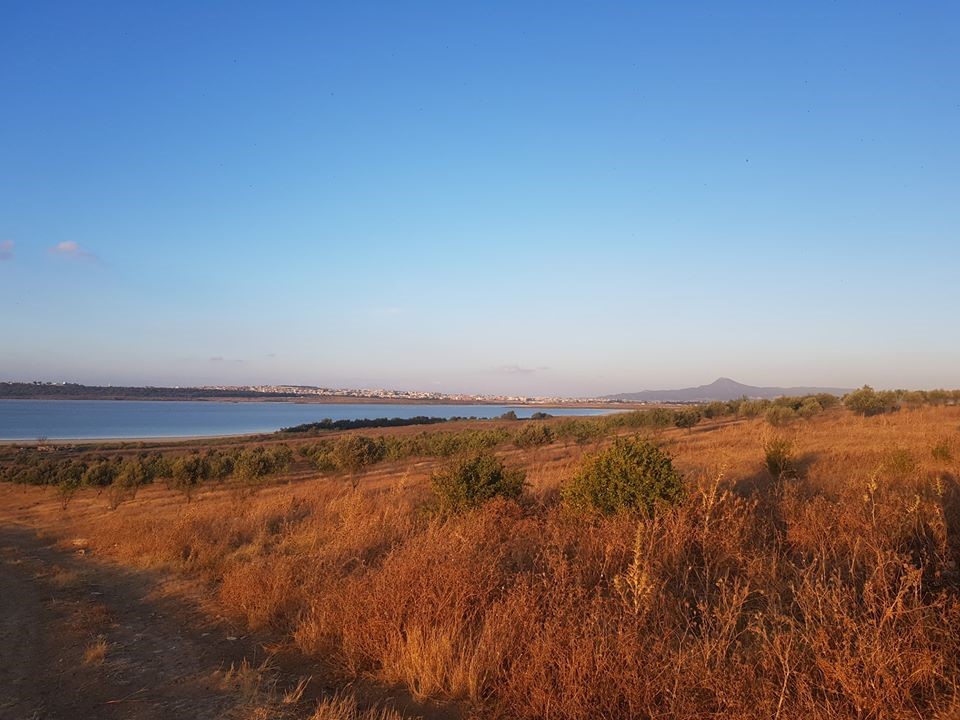
In addition to the drying up of the wetland, pollution by sewage and solid waste is another problem, which is putting the wetland into a vicious cycle of negative local reputation leading to further neglect. Unfortunately, whilst locals still view the wetland as the source of floods, odours and mosquitoes; urban expansion, pollution and backfilling continue in silence. Now, to make matters worse, the ever-increasing population has spawned a socio-economic emergency, prompting the establishment of a Site Development Plan (PAV). The PAV is in the process of evaluation by relevant authorities, in particular for its impacts on the environment and biodiversity, but in its current form, it dangerously jeopardizes the exceptional ecology of the site.
A network of actors to save the site
The good news is that in recent years, more and more people have got stuck into saving Sebkhet. Since the beginning of this project, the AAO and RET have been trying to convince the Ministry of Equipment, Housing and Territorial Development (MEHAT) to reconsider its proposal for the development of the area, taking into account its ecological importance and socio-economic potential.
Key to this effort is highlighting the issues to the local community and involving them in efforts to rescue Sebkhet Sejoumi. To do this, RET are running education campaigns in neighboring schools and have mobilised a local conservation group comprised of local civil society organizations (CSOs) to ensure relevant stakeholders have their voices heard. Other CSOs, in particular CEPF grantees, are carrying out studies complementary to those done by MEHAT to monitor and evaluate the conservation status of the site, as well as raising awareness among residents about the need to protect nature, and promoting sustainable livelihood activities such as farming.
The bird and nature observatory at Sebkhet Sejoumi, acts as a hub for public engagement events. It is a space where we can interact with local residents, as well as decision-makers and prospective supporters, all coming to take in the view and experience the natural treasures the wetland has to offer. On World Wetlands Day , for example, local communities and CSOs come together to celebrate here, and the French Development Agency have also paid a visit to look into opportunities to support ongoing projects.
An upcoming special visit from the Ramsar Commission gives particular cause for hope. This Commission could play a key part in adapting the Development Plan for the better, involving more rigorous control of urbanisation and improved upstream management. The opportunity therefore represents a real step in favor for the future of this emblematic site: a step towards a future where the inhabitants of Tunis appreciate Sebkhet Sejoumi as a defence against floods and a wildlife haven on their doorstep, and its natural splendour can be restored.
As part of our Lessons Learned series to share advice from civil society organisations, here’s some conservation insight from Dr Imen Labidi, Ecologist and CEPF Project Coordinator at Children of the Earth Network (Réseau Enfants de la Terre : RET).
“One hand cannot clap!”
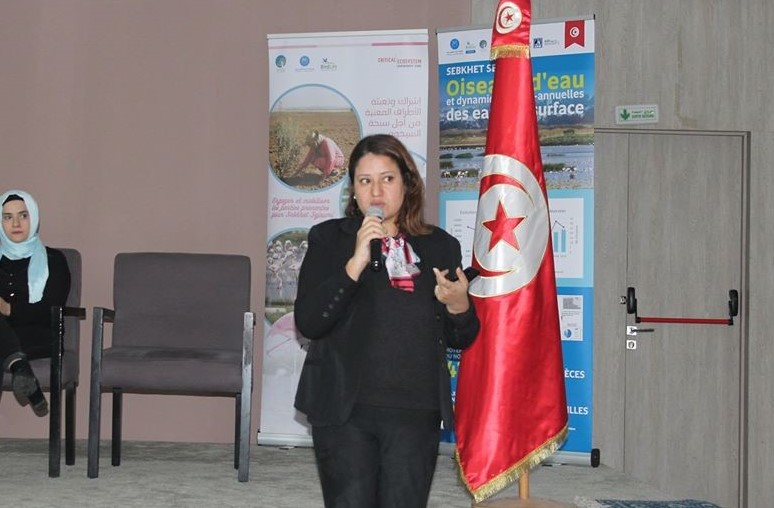
Your project is tackling an important conservation problem. What inspired you to find a solution?
Sebkhet Sejoumi is a Tunisian wetland with such high ecological value that we cannot afford to lose. Its importance, particularly for migratory waterfowl, has been demonstrated by its classification as a wetland of international importance (under the Ramsar Convention), as well as an important bird conservation area (IBA) and a major biodiversity area (KBA). However, it is currently subjected to many anthropogenic pressures, such as urbanization and pollution by sewage and solid waste. I am determined to put a stop to this serious environmental degradation and the deterioration of Sebkhet Sejoumi’s image among the local population.
Tell us one big lesson that you have learned from this project.
In order to bring about change, we need to bring representatives of the Civil Society and the local population alongside university researchers and educators, and get local and national decision-makers to commit to the sustainable management of the Sebkhet Sejoumi ecosystem, which is extremely valuable to the community living near it. By sharing knowledge and encouraging good practices that don’t harm the Sebkhet Sejoumi wetland, the local population and civil society will have the power to ensure any planned development projects respect nature.
Given your experience working on this project, what advice would you have for another conservationist in the Mediterranean who is just starting out?
I believe the take home message here is that one hand cannot clap! If we want to save Sebkhet Sejoumi, that means mobilising all sorts of different stakeholders in the management of it by adopting a common awareness, education and communication strategy. We are doing this via two complementary projects financed by the Critical Ecosystem Partnership Fund (CEPF). We also need to engage the local population: civil society as well as national and international stakeholders in the conservation of Sebkhet Sejoumi wetland and its biodiversity.
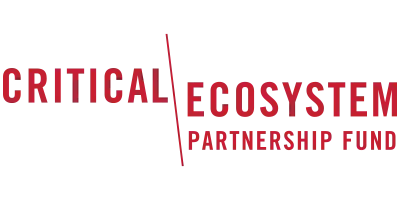
*The Critical Ecosystem Partnership Fund (CEPF) is a joint initiative of l’Agence Française de Développement, Conservation International, the European Union, the Global Environment Facility, the Government of Japan, and the World Bank. Additional small grant funding to the Balkans sub-region has been provided by the MAVA Foundation. A fundamental goal is to ensure civil society is engaged in biodiversity conservation.
CEPF is more than just a funding provider. A dedicated Regional Implementation Team (RIT) (expert officers on the ground) guide funding to the most important areas and to even the smallest of organisations; building civil society capacities, improving conservation outcomes, strengthening networks and sharing best practices. In the Mediterranean Basin Biodiversity Hotspot, the RIT is entrusted to BirdLife International and its Partners: LPO (BirdLife France), DOPPS (BirdLife Slovenia) and BPSSS (BirdLife Serbia). Find out more at www.birdlife.org/cepf-med
